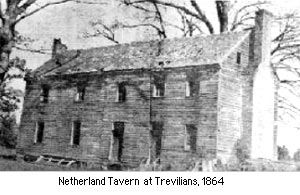

They catered to weary passengers, who needed somewhere to stay while they waited for their trains to be refueled. Thus, in major railroad towns, little hospitality establishments known as exchange hotels began to spring up. But for everyone else, trains were still a miserable means of travel. The wealthy in particular began to enjoy more pleasant rides – the idea of segregating cabins by class had been introduced in the 1840s. Schedules ran smoother thanks to the invention of the electric telegraph – traffic controllers used it to communicate with one another. And forget cushioned seats, air conditioning and food – passengers had to sit on hard wooden benches, endure the heat during hot summers, and gobble meals down quickly in station cafeterias.īy the time of the Civil War (1861-1865), things had somewhat improved, at least when it came to avoiding collisions. Traffic control was limited, so frequent wrecks and crashes were not unexpected. As a result, rides continued to be uncomfortable, unreliable, and pretty dangerous. The first real rectangular cars, installed in 1834, were extremely crude. Image Source: The Transcontinental Railroad The earliest rail cars were merely mounted carriages. In 1831, passenger trains looked like the one sketched below. The first train “cars” were actually more like carriages, “ coupled together with chains or chain-links.”1 Though rides were short, they were extremely hazardous. At first, trains were just used to shuttle commodities, but by the 1830s, they saw their first human passengers. The United States got its first railways during the early 1800s, and train travel has come a long way since then. The Exchange Hotel Civil War Medical Museum, today. Varied functions affords the property to have an eclectic roster of restless ghosts. The Exchange Hotel Civil War medical museum.

THE EXCHANGE HOTEL CIVIL WAR MEDICAL MUSEUM – GORDONSVILLE, VIRGINIA HOME » BLOG » HAUNTED PLACES » THE EXCHANGE HOTEL CIVIL WAR MEDICAL MUSEUM 3.


 0 kommentar(er)
0 kommentar(er)
